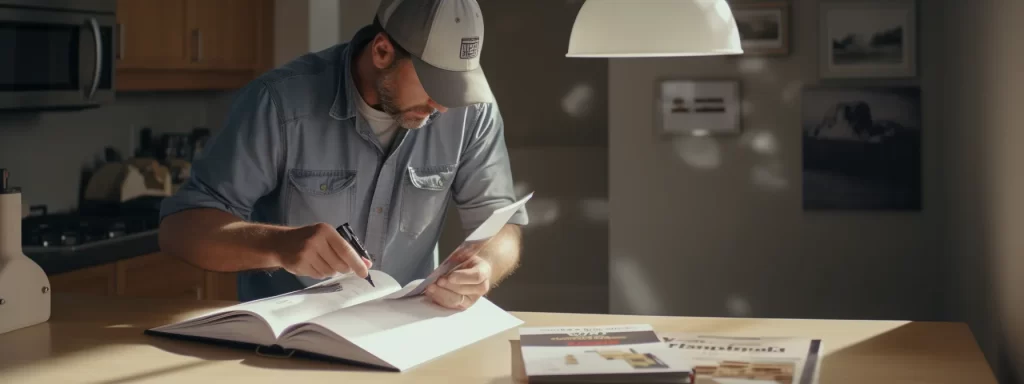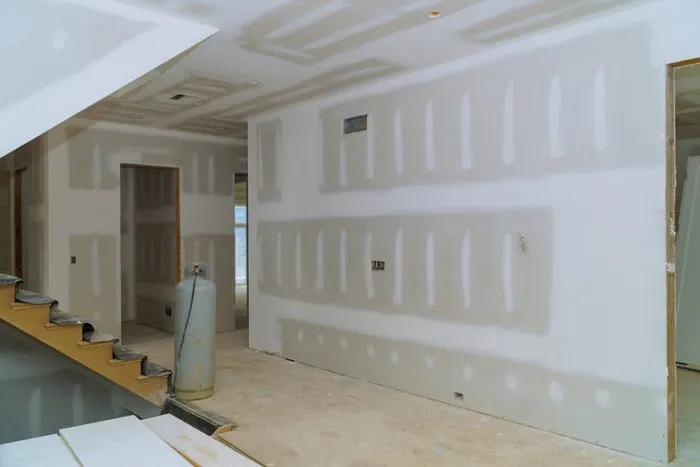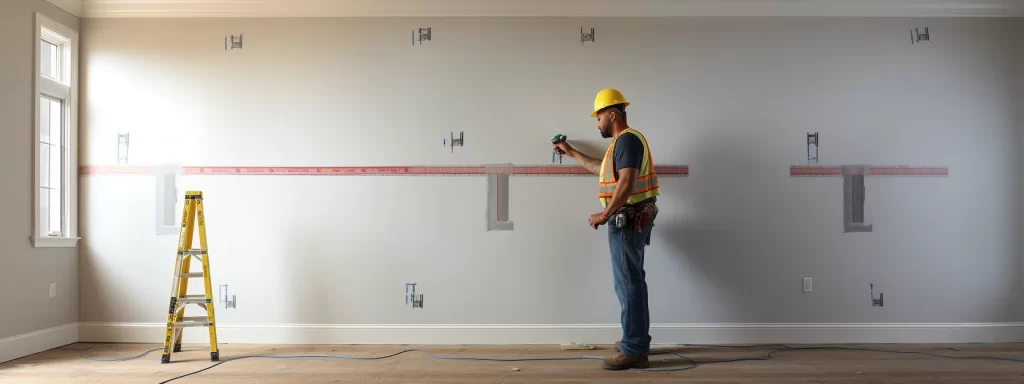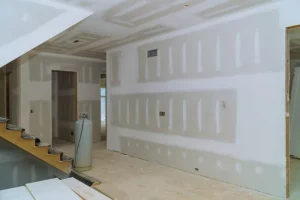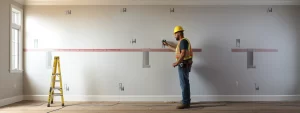Should I buy a house with Popcorn Ceiling

There are many variables that homebuyers, especially first-time homebuyers, must consider when purchasing a home. Factors such as location, schools, finances, the style of the home, and yes, whether the house has popcorn ceilings. Popcorn ceilings shouldn’t be a deal-breaker, but it is one more variable to consider and what to look for when buying a house.
Deciding whether or not to buy a house with popcorn ceilings will depend largely on the conditions of your local housing market, and your own comfort level either living with popcorn ceilings or using one of the methods mentioned below to get rid of them. For example, if there are several similar houses for sale in the area you’re looking to buy, then making an offer on a home that doesn’t have popcorn ceilings could certainly save you some money and time. However, if the home you’re looking at is located in a hot market and will most likely receive multiple offers, then understanding exactly what you can do about popcorn ceilings so you can buy a home this year is a great way to go.
What are popcorn ceilings, and why were they popular?
Remember bell-bottom jeans and moccasins? How about bouffant hairstyles for ladies and slicked-back hair for men? Just as in fashion and beauty, the housing industry goes through fads and trends too. For example, shag carpet and popcorn ceilings were extremely popular from the 1950s through the 1970s. But what are popcorn ceilings, and why were they such a popular home trend?
Popcorn ceilings are bumpy, textured ceilings that came into vogue beginning in the 1950s. The sprayed-on technique used to apply these ceilings was less expensive than a hand-troweled, smooth finished plaster ceiling. The popularity of this cottage cheese-like texture was spurred on because the style provided camouflage for ceiling imperfections and a measure of noise-canceling benefits, hence, their actual name, acoustic ceilings.
However, popcorn ceilings have fallen out of favor in many parts of the country as they can collect dust, dirt, and even cobwebs. Also, the rough texture of the material makes the ceiling very difficult to clean, paint, or repair.
Another reason popcorn ceilings have fallen out of popularity is that many of them in older homes contain asbestos, which we now know is a health hazard.
There may be asbestos in the popcorn ceiling. Here’s how to know for sure
Asbestos is a naturally occurring fibrous silicate mineral. It was a very popular material used in making popcorn ceilings until it was banned in 1978 because it became a health hazard. While it doesn’t pose a risk unless disturbed, once disturbed, it lets off microscopic fibers that can cause lung disease and cancer if inhaled.
Due to the continued selling of asbestos-containing ceiling materials after the ban, it’s estimated that popcorn ceilings even made as late as the mid-1980s could still be ladened with asbestos.
Before attempting to make any changes to your popcorn ceiling, it’s important to determine whether there’s any asbestos in the material, which can only be confirmed through a lab analysis. The EPA has guidelines that address the steps to take when considering removing potential asbestos-laced popcorn ceilings. They involve hiring a properly trained and accredited asbestos professional (inspector) to obtain a sample of the ceiling material. The sample is then forwarded to an EPA-qualified laboratory for analysis.
Once you receive the results from the lab, you’ll have a better idea of how to proceed with the removal of the popcorn ceiling. If your results come back positive for asbestos, don’t panic. Remember, an undisturbed popcorn ceiling with asbestos will not affect your health.
However, if you do decide to remove the popcorn ceiling, it’s recommended that you hire a professional asbestos remediation company to do the removal. If there’s no asbestos in your popcorn ceiling, you can do it yourself without the added worry of possible contamination.
How much does it cost to remove a popcorn ceiling?
Hiring a professional to remove a popcorn ceiling
The cost to remove a popcorn ceiling will differ depending on whether asbestos needs to be removed. If your lab results come back negative and there’s no asbestos, a professional will charge approximately $1 – $3 per square foot for labor and materials depending upon the size of the job and the area you live in.
That means if you own a 1,500 square foot home in Charleston, SC, for example, you’ll need to budget between $1,500 – $4,500 for a professional to remove the popcorn ceiling. Remember, this doesn’t include any costs to repair the ceiling or apply paint or another covering once the popcorn ceiling has been removed. You’ll also want to be sure to check that the drywall company you hire is licensed and insured.
If there’s asbestos in your ceilings, you can expect to pay between $3 – $7 per square foot, and again, the amount will vary depending on how many rooms you have and the total amount of square feet involved. To remove asbestos-laced popcorn ceilings in a 1,500 square foot house, the cost would be anywhere from $4,500 – $10,500.
Removing a popcorn ceiling yourself
If there’s no asbestos in your ceiling, you may opt to remove it yourself. The primary costs involved will be your time, labor, and any tools and supplies needed to do the job.
How to remove a popcorn ceiling yourself
Before you decide to tackle this project, remember the job is difficult, messy, and labor-intensive. You’ll need a ladder tall enough to reach the ceiling so that you can get close enough to scrape off the popcorn material. You will also need something to scrape with, such as a wide putty knife or a popcorn ceiling scraper that you can find at most hardware stores.
Other possible supplies include an extension pole, depending on how tall your ceilings are, plastic bags fitted to the scraper to catch debris, along with safety items such as goggles for eye protection and a respirator to prevent inhaling fine dust particles. You may also want to invest in drop cloths for the floors and long plastic roles to separate rooms so you can further contain any mess.
Some professionals recommend spraying the ceiling with water to make scraping easier. The key is to apply a light amount of water so that it’s only absorbed by the popcorn material. Do not soak the ceiling as this could cause water to seep into the sheetrock or underlayment and cause damage that would need further repair.
Begin by lightly spraying water on a small section of the ceiling where you will be working. Allow the water to soak in for several minutes, and then position yourself close enough to the ceiling so that you can scrape at an angle, being careful not to gouge the sheetrock underneath. Continue working around the room until you have removed all the popcorn material.
If your popcorn ceilings have been painted over, they’ll be harder to remove. If this is the case for the home you’re buying, you may want to hire a professional to do the work or leave the ceilings as is and drywall over the top of the popcorn ceiling instead.
Here’s what to do after removing your popcorn ceiling
Once you have removed your popcorn ceiling, it’s time to decide on the type of finish you want on your new ceiling. Before getting started with the actual finish, you will need to repair any gouges or damage to the substrate material. This can be done by applying a thin covering of joint compound over the ceiling and then sanding the whole area until it’s smooth.
If you plan on painting the ceiling, you will need to apply primer paint since drywall will absorb any initially applied paint and could lead to an uneven look once it’s been fully painted.
You could also opt to finish off your new ceilings with a lightly textured look instead of a smooth, painted finish. These ceilings go by different names, such as skip trowel, Santa Fe look, or stipple, and offer different variations on the style and amount of texture provided.
Keep in mind that asbestos is still legally distributed in the United States today, though its production and overall use have significantly declined. Because it’s still being used in products, it’s advisable to check the Safety Data Sheet (SDS) of any product you use when replacing your old popcorn ceiling.
How to cover a popcorn ceiling without removing it
Covering a popcorn ceiling is another great option if your ceiling has had paint applied to it or if it contains asbestos. Another benefit of covering the ceiling is that you won’t have all the messy work or expense of removing the popcorn ceiling.
There are a couple of options you could choose to cover the popcorn ceiling, such as covering it with drywall or tongue and groove planks or possibly apply a skim coat, but only if the ceiling does not contain asbestos.
Covering popcorn ceilings with drywall
An alternative to deal with popcorn ceilings that have asbestos is to encapsulate the ceiling with drywall. This can be done using a ceiling-grade gypsum board instead of regular wallboard. Standard wallboards weigh significantly more than gypsum boards and are not a good choice for ceilings.
Affix the gypsum board right over the top of the popcorn ceiling and securely screw it into the framing. You’ll then need to mud and tape the joints for a smooth, seamless job. Once that’s completed, you’re ready to finish the ceiling by either priming and painting it or by applying texture to create a new design.
Covering popcorn ceilings with a skim coat (plaster)
Another way to remove dirty, outdated popcorn ceilings is by using joint compounds to cover them, also known as skim coating. Similar to replacing a popcorn ceiling with a lightly textured ceiling, this technique uses a joint compound to give a smooth, finished look by spreading a thin layer directly on top of the acoustic ceiling. Once it is completely dried, a second layer is spread to fill in all the crevices, thereby creating a smooth surface.
Does removing a popcorn ceiling increase property value?
Removing popcorn ceilings can increase the value of your home, considering removing them could range into the thousands. There are, however, several factors to consider before you make plans to remove popcorn ceilings with the expectation that it will increase your property value.
For instance, if popcorn ceilings are a common home trend within your home’s price point and location, removing them may be an expense you can forgo. However, if you would prefer to remove the popcorn ceiling, it may be that the cost to change out the ceilings ends up equalling any increase in sales price when you go to sell your home. In any case, consulting with a real estate agent before you sell will help you better understand which home improvements to consider so you can sell your home fast and for more money.


